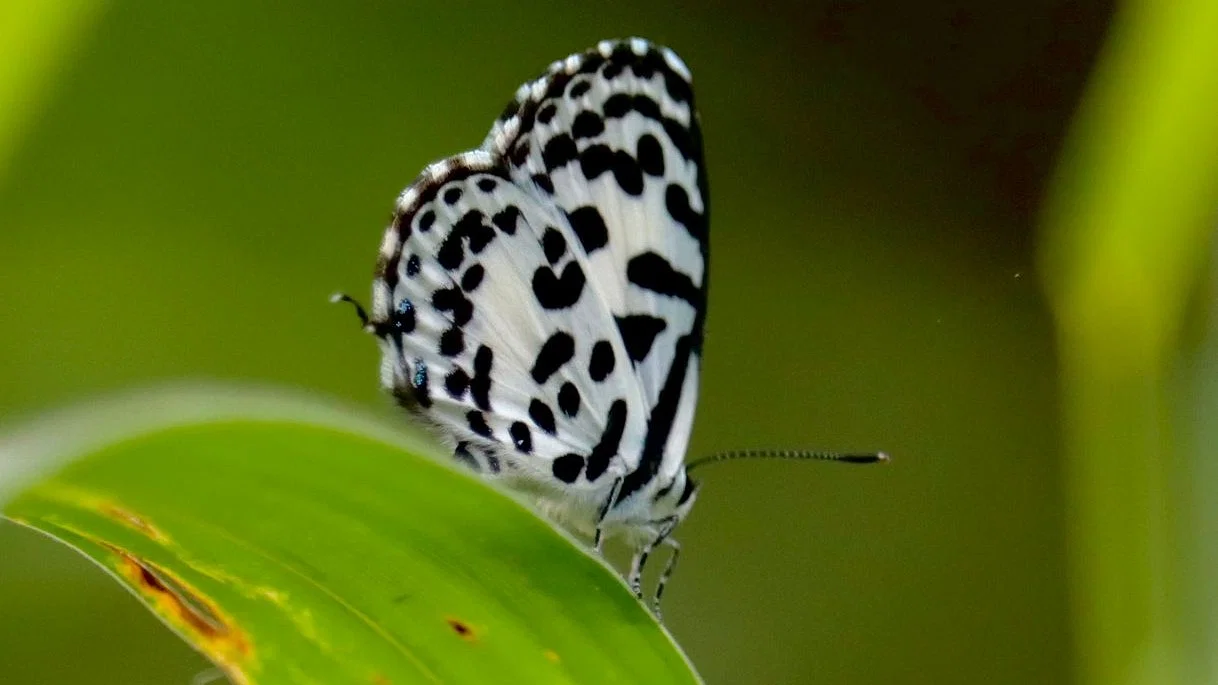Free Courses Sale ends Soon, Get It Now


Free Courses Sale ends Soon, Get It Now



Copyright infringement not intended
Picture Courtesy: www.freepressjournal.in
Context: The Forest Department, in collaboration with the Wildlife and Nature Conservancy (WNC), conducted a butterfly survey at Ralamandal Wildlife Sanctuary in Indore, Madhya Pradesh. The survey aimed to understand the presence of butterfly species in the sanctuary and promote conservation efforts.
Key Points of the Survey
Ralamandal Wildlife Sanctuary
Conclusion
Must Read Articles:
STATUS OF WILDLIFE SANCTUARIES AND NATIONAL PARKS: https://www.iasgyan.in/daily-current-affairs/status-of-wildlife-sanctuaries-and-national-parks
|
PRACTICE QUESTION Q. What are some effective strategies and policies that can be implemented at both local and global levels to ensure the long-term protection of the environment and combat environmental degradation? |
© 2024 iasgyan. All right reserved